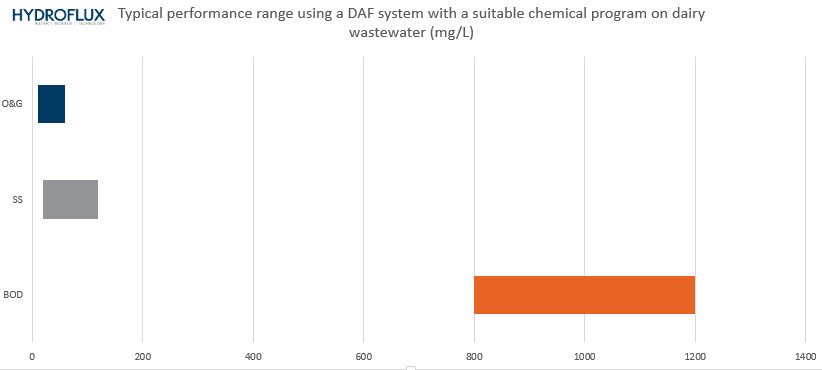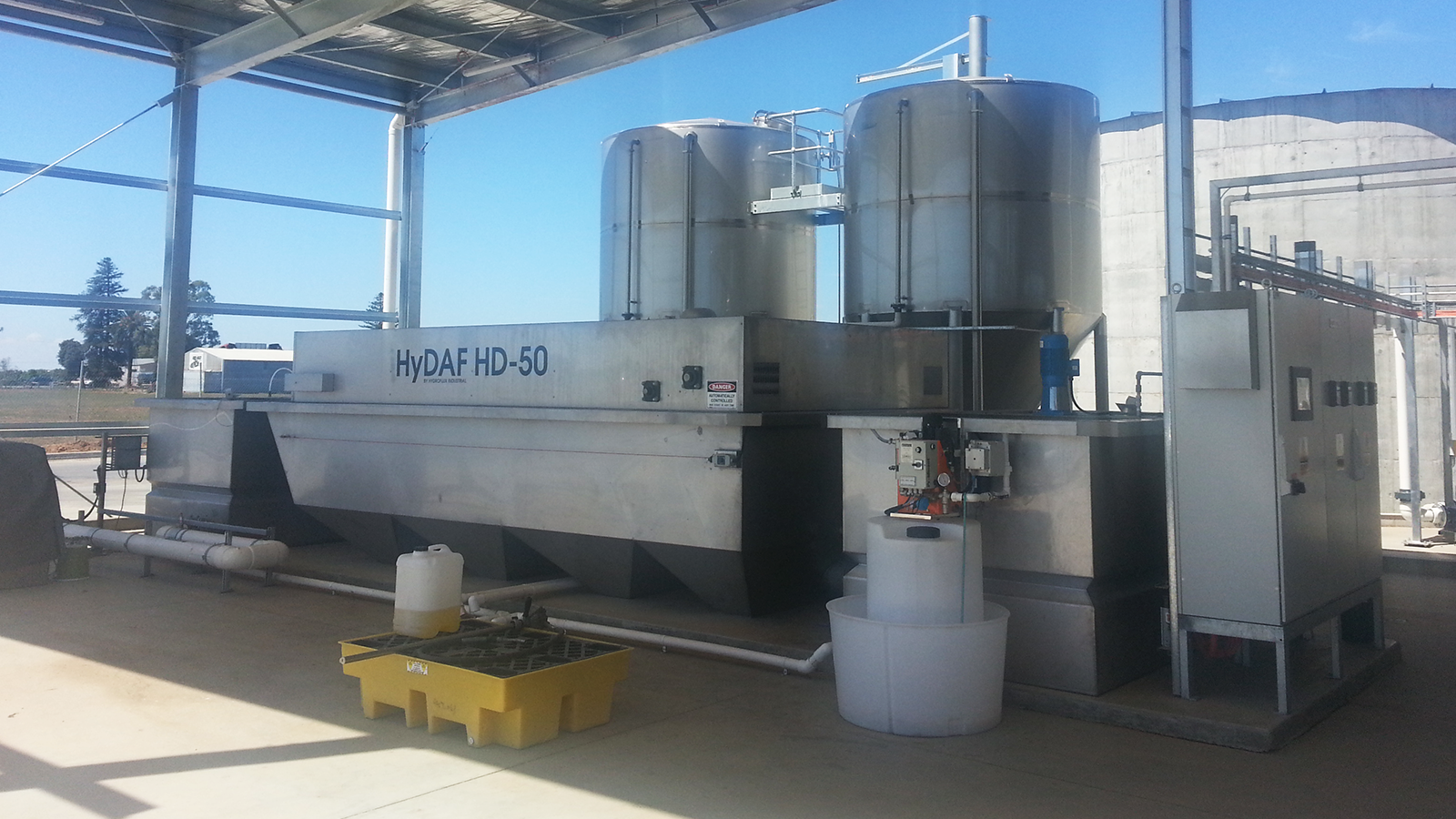
Our Solutions
The Hydroflux HyDAF dissolved air flotaiton system is ideally suited to treat wastewater from all types of Dairy operations.
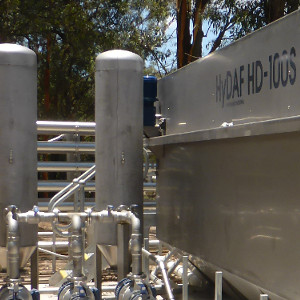
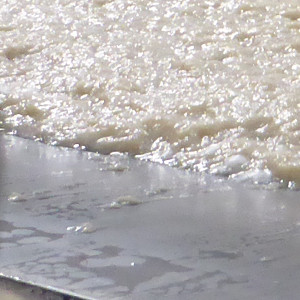
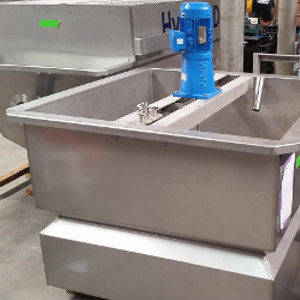
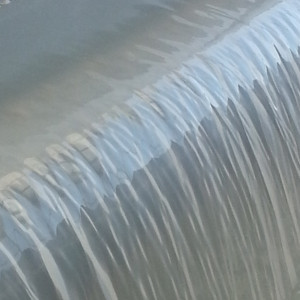
Using a dissolved air flotation system for primary treatment of wastewater from milk processing plants is generally considered to be good practice as a high percentage of fats and grease, thus BOD / COD, can be quite easily removed which significantly reduces the load on any secondary plant. In many cases where wastewater is being discharged to sewer, primary treatment alone will be the only requirement
Primary treatment process solutions for dairies has not changed in many years and dissolved air flotation is still the system of choice. The effectiveness of a DAF system depends on a number of factors including; pre-screening systems, the chemical program applied and the wastewater balancing facilities.
Wastewater balancing is essential in dairy wastewater treatment plants due to the significant fluctuations in load and pH. Inadequate balancing will certainly result in high chemical usage to control the pH but can also result in performance issues. The following chart is an example of the pH fluctuations in dairy wastewater over time.
Screening on dairy wastewater is not always necessary, but if large solids and foreign objects can reach the treatment plant, some form of screen should be considered to protect the HyDAF system. In line strainers are quite common if the solids load is low, otherwise rotary screens are ideal.
Chemical treatment of the wastewater prior to the DAF system is essential in dairy applications as the high pH usually encountered results in solubilisation of fats. The most traditional chemical program is to acidify the wastewater and dose coagulant and polymer to aid in the flotation process. Other options include simply acidification only with polymer only.
The following chart indicates the typical performance of a DAF system on dairy wastewater. Although the O&G and SS levels in the treated wastewater will be very low in all dairy applications, the BOD / COD maybe higher with the presence of whey or sugars.
